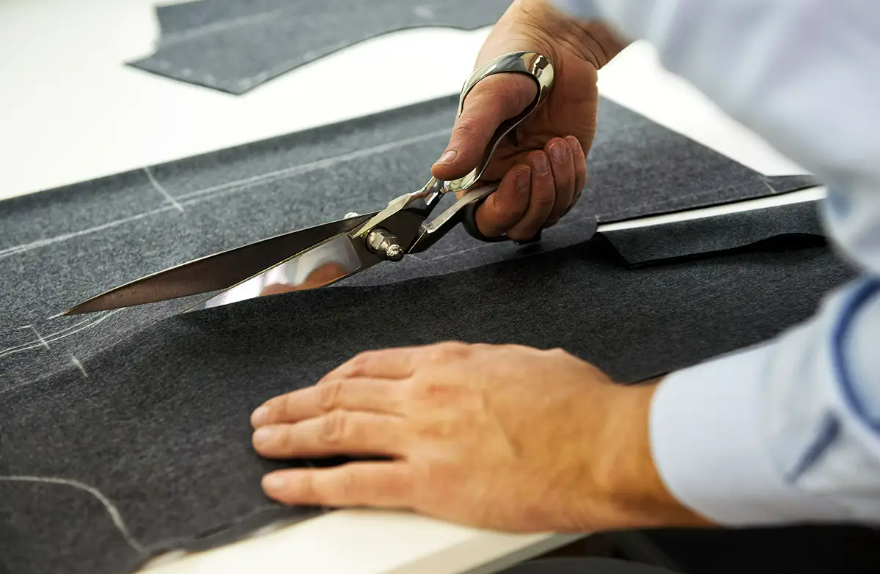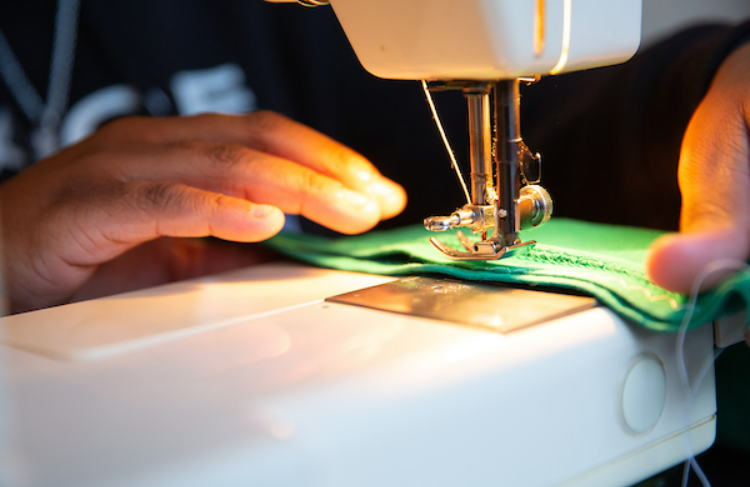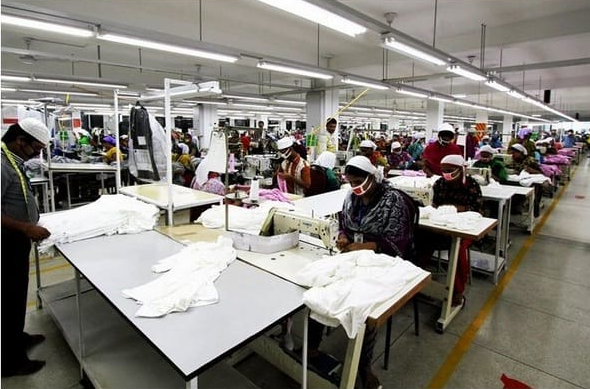The process of manufacturing T-shirts in a garment factory involves several key steps. Overall, it can be divided into three main phases: fabric preparation, garment construction, and finishing.
Fabric Preparation:
First, the garment factory sources the appropriate fabric. This could be cotton, polyester, or a blend. The fabric is carefully inspected for quality, looking for any defects or irregularities. Once approved, it is cut into large rolls or sheets for further processing. The fabric might also go through a pre-treatment process, like being washed or bleached, to get it ready for the next steps.

Garment Construction:
The cut fabric then moves to the sewing department. Here, workers use sewing machines to assemble the T-shirts. They start by cutting the fabric into the specific shapes needed for the T-shirt parts, like the front, back, sleeves, and collar. These pieces are then sewn together. The sleeves are attached to the body, and the side seams and shoulder seams are stitched. Special attention is given to the collar to make sure it has a nice shape and fit. After sewing, any buttons, zippers, or other fasteners are added if required.

Finishing:
When the basic T-shirt is constructed, it goes through the finishing stage. This includes quality control checks. Inspectors look for any sewing mistakes, loose threads, or fabric flaws. If there are any issues, the T-shirts are sent back for repairs. Then, the T-shirts are ironed or pressed to give them a smooth and presentable look. Some T-shirts might also go through a dyeing or printing process at this stage to add colors, patterns, or logos. Finally, the finished T-shirts are folded, tagged with size and price information, and packaged for shipment to stores or customers.

In conclusion, making T-shirts in a factory is a complex but organized process that requires attention to detail at each step to ensure a high-quality final product.

